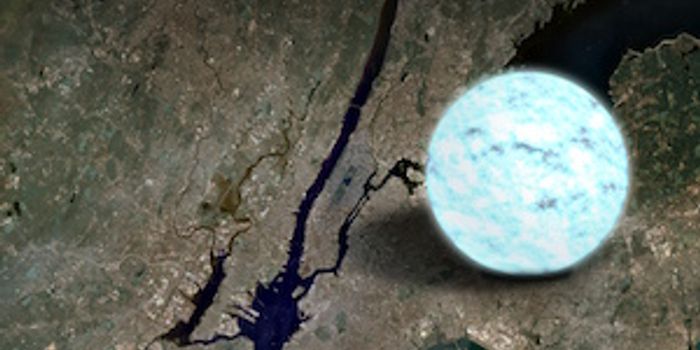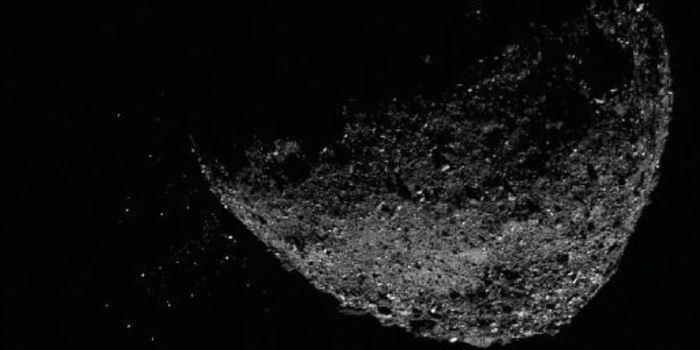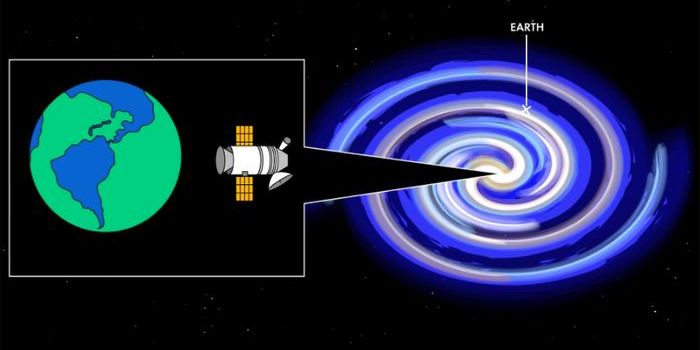Are Water Worlds Common?
A study recently published in Science suggests that many exoplanets have larger amounts of water than previously thought. Water is the key resource that all of life on Earth needs, and the water cycle on Earth is an essential part of what allows our planet’s climate to be stable and hospitable. Thus, planets with water – or water worlds – are the key places to search for life. Unfortunately, the study also suggests that all of the water on these exoplanets is probably embedded in rock, rather than flowing as oceans or rivers on the surface of the planet.
The team of researchers wanted to look at a population of exoplanets around M dwarfs to identify demographic patterns in this population. M dwarfs are the most common stars in our galaxy, making up 75% of the population. Over the past few years, astronomers have catalogued dozens of planets around these types of stars. The team was able to investigate a sample of 43 planets around M dwarfs.
The densities of these exoplanets were the measurement of consequence for this team. We do not have the capability to take direct images of most exoplanets, and so there are many questions about what these planets actually look like. Additionally, any information about these planets has to be gleaned from indirect detections. By watching a planet pass in front of a star, astronomers can determine the diameter of that planet, and by measuring the gravitational pull that planet has on a star, astronomers can find the mass of that planet. Combining these two types of measurements allows astronomers to estimate the density of the planet, and hence get a sense of the makeup of that planet by comparing the derived density to the densities of known materials on Earth.
If a planet is big and has a low density, then astronomers can conclude that it is mostly made of gas, much like Jupiter. If a planet is small and has a high density, then astronomers can conclude that it is mostly made of rock, like Earth. When the researchers looked at the density of their sample, they found some surprising results.
The team saw that the densities of a large percentage of their sample of exoplanets suggested that they were too light for their size to be made up of pure rock. They concluded that the planets are probably half rock and half water, or some other lighter molecule. Additionally, the exoplanets are too close to their host stars for any liquid water to exist on their surfaces. Thus, the data suggests that the water cannot be in the form of surface oceans and must be either mixed into the rock or in pockets below the surface. These conditions are similar to what is observed on Jupiter’s moon Europa, which is thought to have liquid water underneath its surface.
These findings are consistent with a theory for exoplanet formation which has recently fallen out of favor. The theory suggests that many planets form farther out in their solar systems and migrate inwards over time. In this situation, clumps of rock and ice form together in cold conditions in the outer solar system, and are then slowly pulled inward by the gravity of the central star over time. As the planets get closer to their star, they would warm, and the ice would melt.
The team needs more information about these planets to confirm their suspicions. They hope that they can use the James Webb Space Telescope to observe some of the exoplanets in their sample.
Source: The University of Chicago








